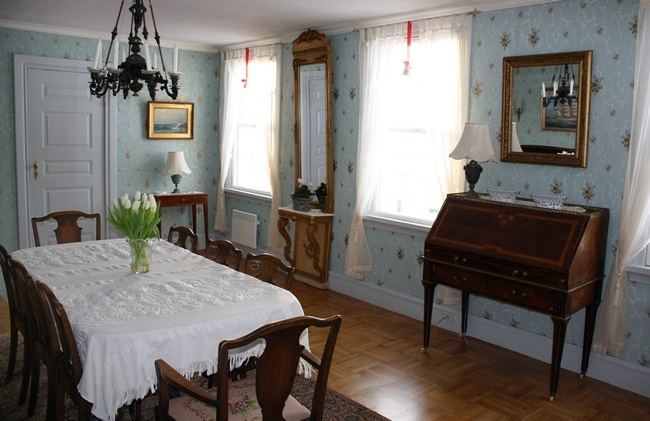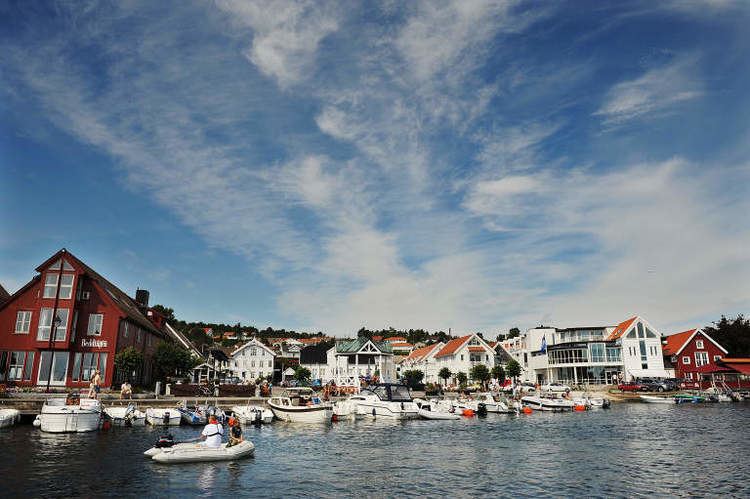Country Area 190.25 km2 Mayor Arne Thomassen (H) | District Sorlandet | |
 | ||
Language spoken www.lillesand.kommune.no | ||
Map of Lillesand
Lillesand is a town and municipality in Aust-Agder county, Norway. It is part of the traditional district of Sørlandet. The administrative center of the municipality is the town of Lillesand.
Contents
- Map of Lillesand
- Hovag gjestehus lillesand lillesand norway
- Lillesand norway florenes 21mbit s 29 7 fps ntsc avc final
- General information
- Name
- Coat of arms
- History
- Geography
- Lillesand Church
- Attractions
- Famous residents
- Twin towns Sister cities
- References

Hovag gjestehus lillesand lillesand norway
Lillesand norway florenes 21mbit s 29 7 fps ntsc avc final
General information
The town of Lillesand was established as a municipality on 1 January 1838 (see formannskapsdistrikt). On 1 January 1962, the rural municipalities of Høvåg (population: 1,330) and Vestre Moland (population: 2,454), the Gitmarkgårdene area of Eide (population: 22), and the town of Lillesand (population: 1,041) were merged to form a new, enlarged municipality of Lillesand.
Name

The Old Norse form of the name was just Sandr which means "sand beach". The first element lille which means "little" was added after the founding of Kristiansand in 1641 to distinguish it from the greater and more important one.
Coat-of-arms
The coat-of-arms is from modern times. They were granted in 1987. The arms show three anchors on a blue background, which symbolizes the connection that the municipality has with the sea.
History
Sanden, which consisted of the small area near the harbor, was the original name for the municipality of Lillesand. Lillesand is built on the ancient estate of Lofthus. Christian Jensen Lofthuus was captured on his Lofthus estate around 1780.
In 1821, when Lillesand became a privileged port, it had a population of only 300 and had nine shipyards. By 1895 the merchant fleet was 95 vessels strong. But the death of the sailing ship caused severe economic difficulties for Lillesand. Sailing ships had been inexpensive and could be built from local timber. Steamers were built of steel, were expensive and required more capital than locals could muster. Shipyards were closed. Many of the residents emigrated from there to the United States. Lillesand remained a fishing village, though even this area suffered when the herring left the coast.
The Saltholmen Lighthouse, located on an island off Lillesand, is a nineteenth century lighthouse with a slate roof and a concrete tower for the light. It operated as a manned lighthouse from 1882 to 1952. Saltholmen (lit. "Salty Islet") is named after the salt extraction industry once there, established by Hans Nielsen Hauge.
The Lillesand-Flaksvandbanen operated between Lillesand and Flaksvann from 1896 to 1953.
The Orzeł, a Polish submarine sank the German troop transport Rio de Janeiro on 8 April 1940 off Lillesand. The Rio de Janeiro was on its way to take part in the initial landings of Operation Weserübung, the invasion of Norway.
Geography
Lillesand is bordered in the north by Birkenes municipality, to the east by Grimstad municipality and to the south by Kristiansand municipality. The lake Østre Grimevann is a large lake in the northern part of the municipality. The Blindleia is an inland waterway that starts in Gamle Hellesund in Høvåg near Kristiansand in southern Norway, and continues past Lillesand. It is a salt water passage protected from the open sea by the offshore archipelago.
Navigation through the Blindleia passage requires attention to detail, but is not difficult as there are no tides, and very little current. The minimal tidal change in the skerries is due to its geographical location; the tidal flow that comes in from the Atlantic Ocean splits on the British Isles. One tidal stream goes through the English Channel, while the other goes around the north of the British Isles. The stream of the English Channel reaches the coast of Norway before the wave traveling around the British Islands. These two tidal "waves" are completely out of phase when they meet here, neutralizing the tidal effect.
Lillesand Church
Lillesand church is a wooden church which was built in 1887-1889 in Gothic Revival/Swiss style. The architect was Henrik Thrap-Meyer who also designed the pulpit, altarpiece and baptismal font. The altarpiece was done by Abraham Tønnessen. Lillesand Church is perched high above the city on a hill at Kirkeheia.
Attractions
The Norwegian National Park Skjærgårdsparken lies between Risør and Lillesand. Skjærgårdsparken, "the Park of Archipelago" is a paradise of islands, skerries, and rocks. Blindleia is a 12 kilometers Inland waterway between Lillesand and Ulvøysund with lots of small boat traffic in the summertime. The village of Brekkestø is tourist area on the island of Justøya.
Lillesand Town- and Maritime Museum is a local, culture historic museum, located in the centre of the town. The museum is also called Carl Knudsen-gården.
The Norwegian author Jostein Gaarder refers to this town in several of his books, for example in Sophie's World, where The Solitaire Mystery refers to Lillesand.
Famous residents
Twin towns — Sister cities
The following cities are twinned with Lillesand:
